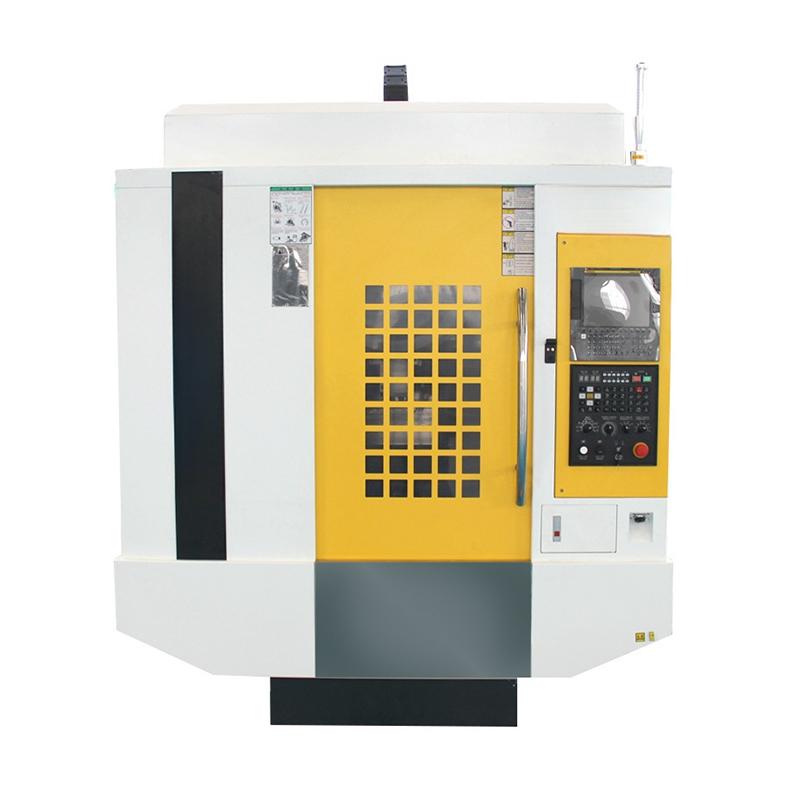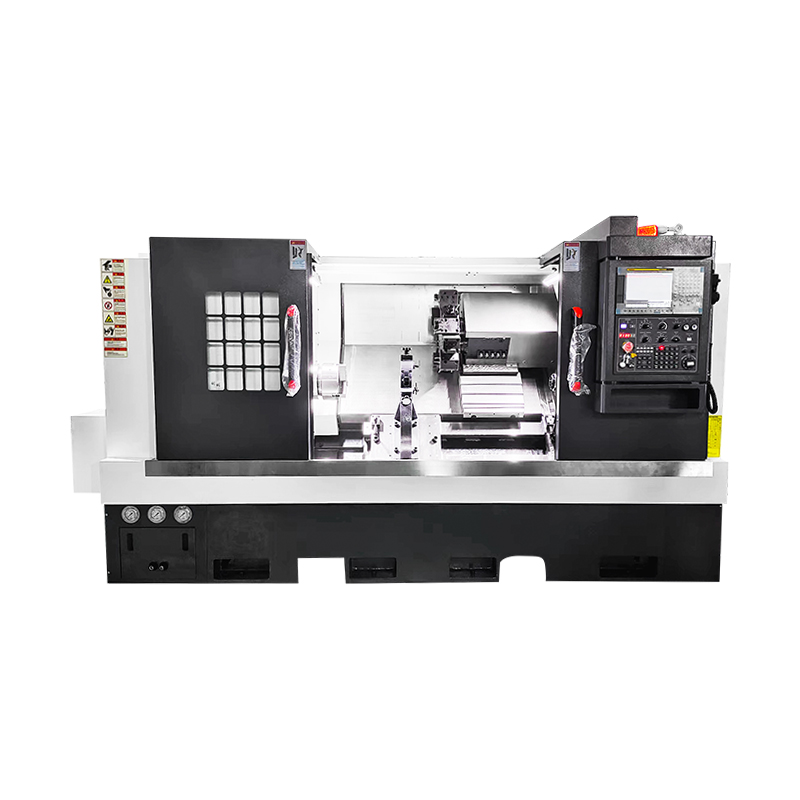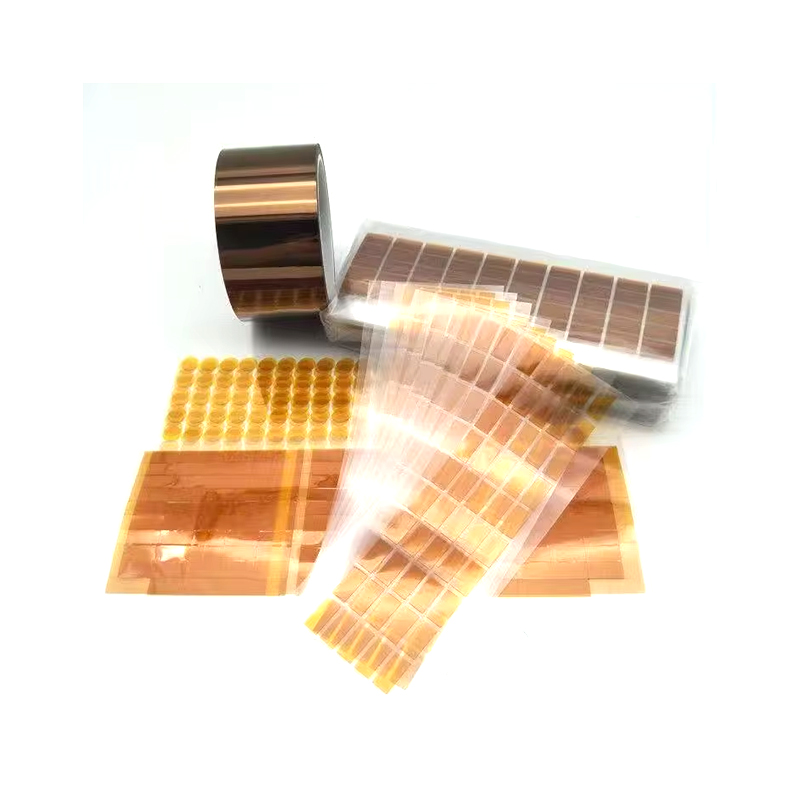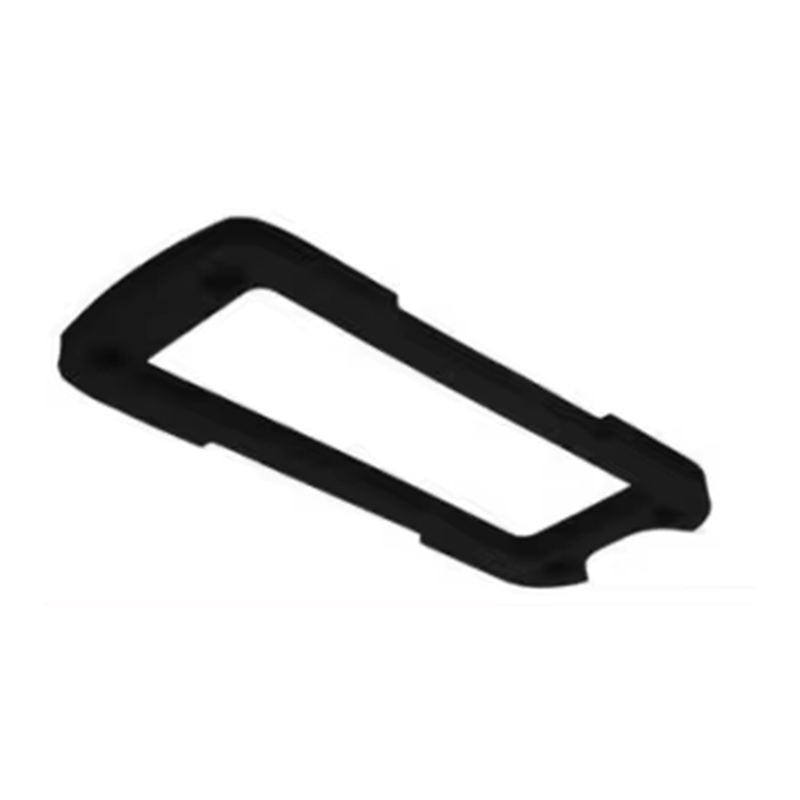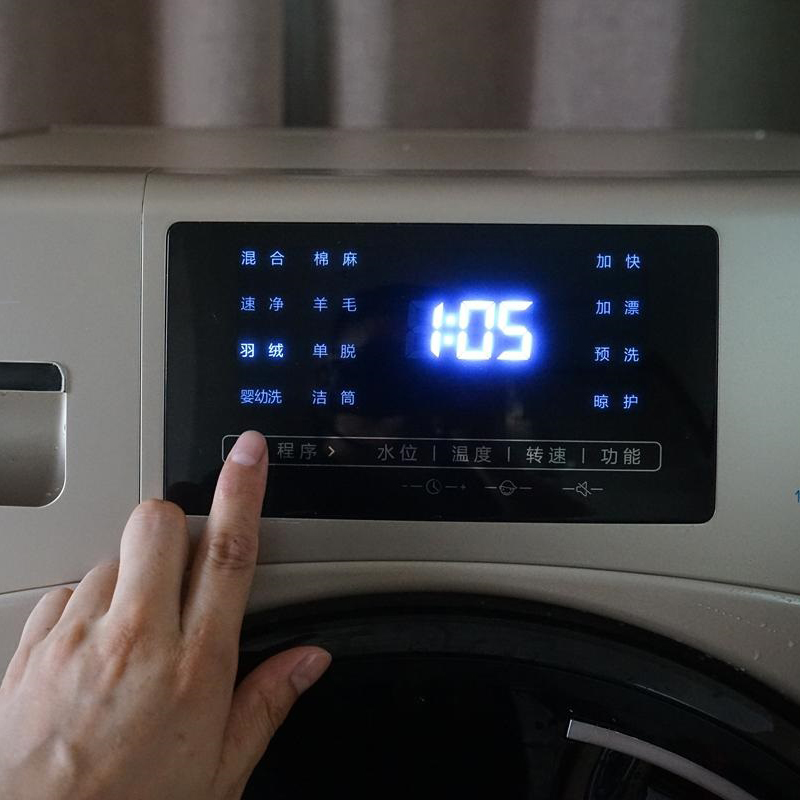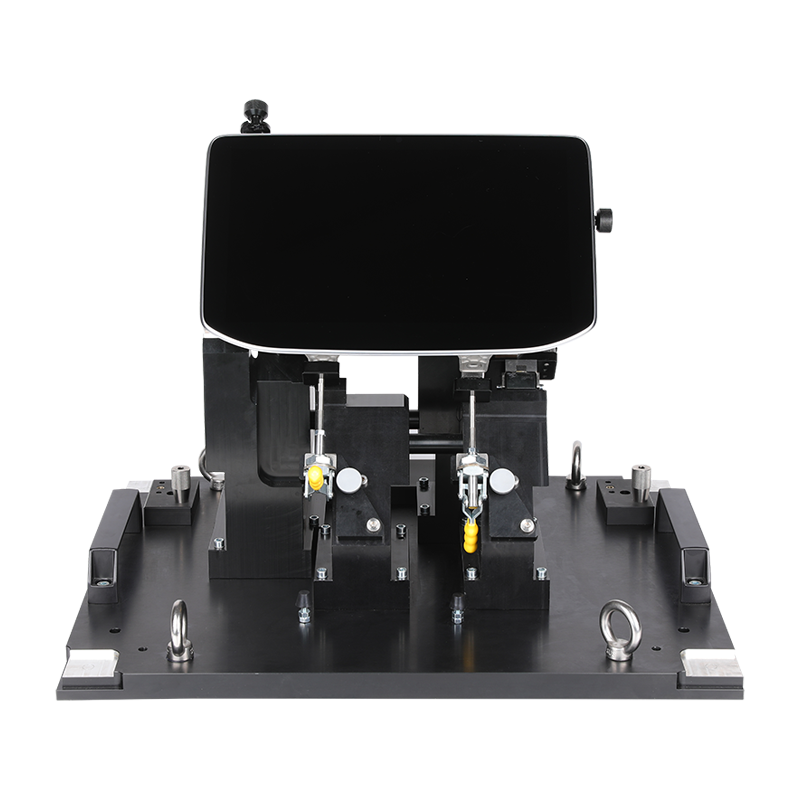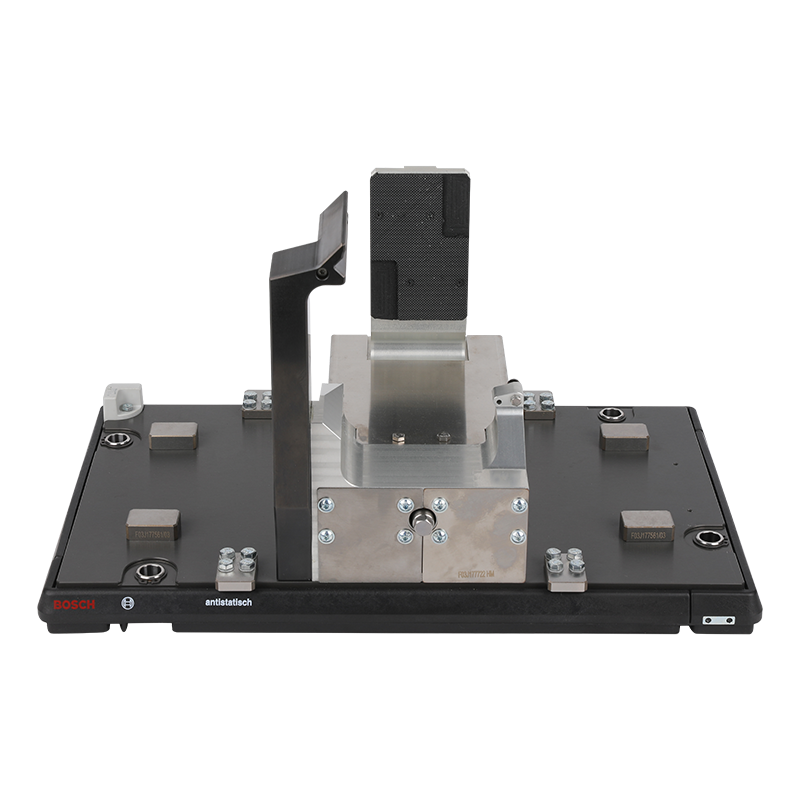As the global manufacturing industry enters a new era of rapid development towards intelligence, flexibility, and digitalization, customized automation equipment parts are becoming an irreplaceable and crucial component of industrial automation systems, compared to traditional standardized parts. They not only enhance the core performance of equipment but also represent key indicators of a company's technological competitiveness and production efficiency. With continuous upgrades in production methods, customized automation parts are increasingly being applied in various fields such as machinery manufacturing, electronics production, automotive industry, food processing, medical equipment, and logistics warehousing, bringing manufacturing enterprises high adaptability, high durability, high reliability, and a more lean production model.
Why Customized Automation Parts Have Become a Mainstream Trend in Manufacturing
Currently, manufacturing enterprises' demands for automated production have shifted from simply replacing manual labor with automation to higher-level cost optimization, increased production efficiency, and upgraded product stability. Customized automation equipment parts are specifically developed based on production equipment, processes, and industry characteristics, enabling equipment to perfectly match actual operating conditions and reducing problems such as increased energy consumption, accelerated equipment wear, and increased failure rates caused by structural mismatches or insufficient performance. Customized components not only achieve precise structural matching but also targeted optimization in materials and processes, helping companies extend machine life, enhance production stability, and reduce long-term operating costs. This is a key reason why they have become a mainstream trend in manufacturing.
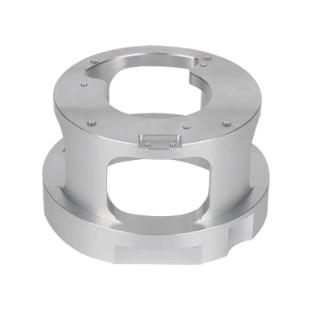
Against the backdrop of accelerated industrial transformation, intelligent manufacturing no longer relies on general-purpose standard parts but increasingly on customized mechanical components that are highly aligned with production goals. Customized automation parts emphasize data analysis, simulation verification, and precise material calculations during the R&D phase, resulting in a stronger fit from design to use. Manufacturing companies not only achieve more efficient actual output but also significantly improve quality consistency, adapting to the demands of more flexible and complex modern production systems.
Deep Integration of Process Characteristics and Structural and Functional Optimization
Another core advantage of Customized Automation Equipment Parts lies in its precise matching capability with production processes. Compared to standard parts produced to uniform specifications, customized automation parts can be structurally and functionally optimized for different product structures, material properties, and production cycles. For example, in high-speed, high-load production scenarios, customized mechanical components are often meticulously designed in terms of part motion trajectory, impact load capacity, wear resistance, and long-term fatigue stability, ensuring stable cyclic performance and mechanical response of the entire equipment during continuous operation.
Simultaneously, customized components often achieve structural optimization through digital simulation, finite element force analysis, and motion system simulation. From the design stage, unnecessary excess material is eliminated, weak areas are strengthened, and post-heat treatment performance and surface treatment quality are improved, resulting in components exhibiting stronger reliability and lower failure probability in actual operation. This system-level optimization capability is difficult to achieve with standard parts and is a key reason for its rapid adoption in modern manufacturing systems.
Materials and processing technologies provide technical support for performance improvement. The operating conditions of automated systems vary greatly. Different industries have different requirements for wear resistance, corrosion resistance, thermal stability, fatigue resistance, impact resistance, and long-term service life. Therefore, customized automation equipment parts undergo more rigorous material selection. Depending on the operating conditions, customized components may utilize high-strength alloy steel, aerospace-grade aluminum, high-wear-resistant copper alloys, engineering plastics, polymer composites, and special coating materials. Performance is significantly enhanced through metallurgical proportions, heat treatment processes, precision machining, and surface strengthening treatments.
In terms of processing technology, customized automated components often involve multiple technical approaches, including high-precision CNC machining, five-axis CNC machining, wire EDM, grinding, EDM, high-precision casting, 3D printing, and corrosion-resistant surface coating. Through synergistic optimization of processing technology and design processes, the system possesses superior structural performance from the materials themselves. Furthermore, with improved manufacturing capabilities, customized parts can even deliver lower energy consumption, higher speed, and faster response times to equipment through smaller machining tolerances, more ideal surface roughness, and optimized structural volume.
Digitalization and intelligentization make customized production more efficient and reliable. Customized automated parts are not simply one-time processing but rather a deep collaboration based on industrial software, digital modeling, simulation platforms, and intelligent manufacturing systems. The design process for modern Customized Automation Equipment Parts has fully entered the digital age. Starting with parameter acquisition, actual equipment operating conditions, load data, operational nodes, and thermal balance changes can all be virtually simulated through modeling. This allows engineers to optimize multiple versions of the design before manufacturing, significantly improving design accuracy, reducing errors, and shortening the overall cycle from design to delivery.
In the manufacturing process, digital workshops and intelligent machining systems can monitor every cutting, grinding, forming, and heat treatment process in real time, ensuring component size and performance stability through closed-loop process control. In the inspection stage, technologies such as coordinate measuring machines, laser scanning, material analysis, and life assessment ensure that parts meet optimal standards before leaving the factory. Digitalization permeates the entire lifecycle of design, manufacturing, inspection, and use, making customized automated parts no longer the product of accumulated human experience, but rather a scientific achievement driven by industrial software.

Dual Improvement in Production Efficiency and Cost Control: Many manufacturing companies believe that the initial investment in customized parts is relatively higher, but from a long-term cost perspective, Customized Automation Equipment Parts often offer higher economic returns. Its cost advantages stem from multiple dimensions, including increased production line efficiency due to improved equipment adaptability, reduced maintenance costs due to lower failure rates, decreased energy consumption due to optimized materials and structures, and reduced rework due to improved product quality stability. With the formation of mass production, customized production can further reduce manufacturing costs, enabling companies to achieve higher returns simultaneously.
Due to the enhanced reliability of automated systems, production line downtime is reduced, the overall production rhythm is smoother, and manufacturing capabilities are improved, better meeting the operational standards of modern manufacturing enterprises that pursue high efficiency, high stability, and high returns. It can be said that Customized Automation Equipment Parts have evolved from simple mechanical components into a crucial driving force for manufacturing enterprises to promote intelligent upgrades, enhance competitive advantages, and improve their industry position.
In the new era of manufacturing, Customized Automation Equipment Parts are becoming a core force driving industrial system innovation. It represents a development direction from generalization to high adaptability, from experience-based design to digital design, and from simple automation to intelligent manufacturing. In the future, with advancements in materials science, iterations in processing technology, deepening of digital manufacturing, and continuous integration of the industrial ecosystem, customized automated components will achieve further breakthroughs in more industries, injecting stronger technological momentum and market value into the development of global manufacturing.

 English
English русский
русский